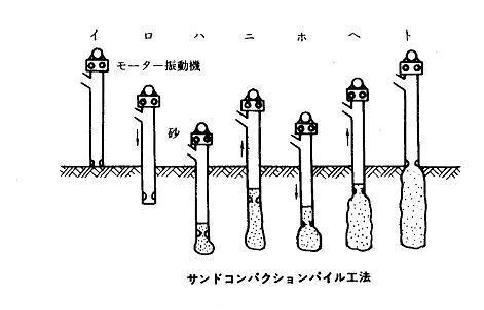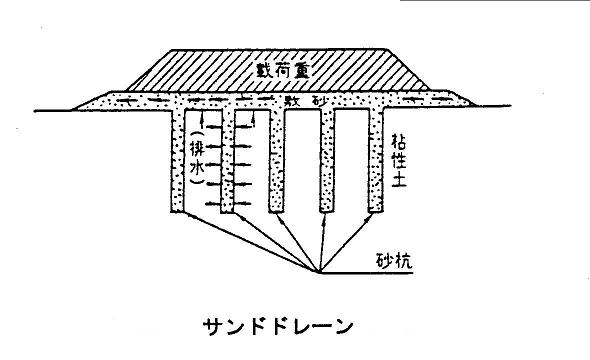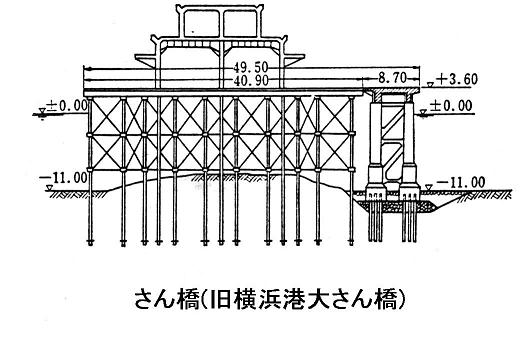- Yokohama-shi Top Page
- Business
- Menu by field
- Harbor
- Port Business Glossary
- Port Business Glossary -
Here's the text.
Port Business Glossary -
Last Updated August 5, 2024
A B C D E F G H I J K L M N O P Q R S T U V W X Y Z
-Ah- -- -- -- -- -- -- -- - La- --wa-
--
- surcharge
- It's an extra fare. Liner fares usually consist of basic fares, extra fares, and ancillary charges. Of these, extra fares are levied on special goods and goods for specified ports whose transportation costs are high due to the shape of the cargo, port conditions, economic conditions, etc. CAF, BAF, are a kind of type. In civil engineering technology, it refers to an upper load.
- Third Party Logistics (3PL)
- Comprehensively undertake collection, delivery, transportation, warehousing management, etc. in response to requests from manufacturers to outsource logistics operations. For shippers, it has the advantage of being able to concentrate on their main business at lower cost and lower risk than building their own logistics systems from scratch.
- Service Contract (S/C: Service Contract)
- A new method of operation of fare forms included in the U.S. Maritime Law, which came into effect in June 1984. The alliance will provide special fares and special services to shippers who guarantee a certain amount of cargo during the period, and the contents of the contract must be notified to the Federal Maritime Commission (FMC). Although the contents of the contract were disclosed, the Ocean Shipping Reform Act issued in 1999 kept some of the major contract details (e.g. fares) of service contracts closed.
- Surveyor
- →Appraisal business
- Dead Weight Tonnage (DWT: Dead Weight Tonnage)
- It is an index to indicate the maximum loading capacity of cargo to ships, etc., and is mainly used for cargo ships. The difference between the amount of drainage at the time of empty ships and the amount of drainage when cargo is loaded up to the standard stuttering line at the water surface with a specific gravity of 1.025 is expressed by tons. It is abbreviated as D/W, DWT, etc. Tonnage of ships
- Trading capacity
- In general, it is expressed by weight (load weight tonnage) or volume (legislative feet or cubic meters), but the display method has been diversified due to the conversion of ships into dedicated ships. For example, the TEU is commonly used for containerships, and the number of vehicles loaded is generally used for car carriers.
- Embankment
- It is also called a preloading method. This is a type of soft ground countermeasure, and is a method of embankment to promote subsidence of landfills, etc., to promote pressure subsidence of the ground, and to increase the strength of the ground.
- Renewable energy
- Energy that can be regenerated in a relatively short period of time, such as solar, solar, hydro, wind, biomass, geothermal, etc., once used, and does not deplete resources (~ related: new energy).
- Conventional vessels (current vessel)
- For innovative cargo ships such as container ships and RO/RO ships, the type of cargo ships that have been equipped with cranes since ancient times are referred to as this.
- silo
- A warehouse that stores roses such as grains and cement as roses.
- sounding
- A tanker refers to the measurement of the loading and unloading of liquids such as crude oil. It is also used to measure drinking water and sewage onboard. Civil engineering technology refers to a simple survey of the properties of the soil layer at the original position.
- The previous ship (Sakibune)
- A ship that has already arrived at Bath. Or a ship that will arrive first. (After)
- sagging
- In stormy weather, when the ship enters the valley of waves, the force of buoyancy and weight to fold the front and back of the hull upwards works. This is called sagging. (anti) hogging
- The average high tide level
- The abbreviation of HWL is used in Japan, and is calculated as the average water surface of the highest high tide surface of each month that appears within 5 days from the day of Saku and Noboru.
- Sashiaisen
- This means a ship with similar scheduled arrival time (ETA) of the vessel. Since the berthing and cargo handling are basically in the order of entry, they called each other over the designation of entering the port and Bath. At present, the Bath situation is improving, and it has become less frequently asked.
- Goods (general cargo)
- It is also called general goods. It is used in contrast to special cargo. General term for cargo other than those that require special loading storage. (Not) Special Cargo
- Satellite logistics base
- By systematically establishing intensive logistics bases in cities around metropolitan areas, we aim to improve logistics efficiency and rectification in metropolitan areas, store logistics functions in central metropolitan areas, reduce traffic congestion and effectively use land, and add life, culture, and commercial functions.
- Substandard vessel
- Ships that do not meet the safety standards of the Conventions created by IMO. It is also referred to as a ship below the standard or a low-quality ship.
- Triangular wave
- A triangular wave with a large wave height resulting from the intersection of waves in different directions. It is prone to occur in typhoon areas, near seawalls, cliffs, etc.
- Input-Output Table
- A summary of what kind of transaction process was produced between each industry until a certain goods or services reach final demand, and can estimate how much new production will be induced in response to an increase in production and investment.
- Trilateral Transport
- Business activities conducted by shipping companies, airlines, etc. in their own country to transport cargo between third countries instead of freight between their own country and the trading partner.
- sand compaction method (sand compaction method)
- One of the methods for improving the ground of landfills, loose sand layers, and soft viscosity soil layers. A method of installing sand piles in the ground and forcibly draining groundwater to tighten the ground. It is also called a syntax.

- Sand Drain method (sand drain method)
- One of the ways to improve landfills and soft ground. A method of imposing sand piles in the ground to create a path for water to pass, promote drainage of water in the soil (promoting pressure), and stabilize the ground as soon as possible. They may also use special paper, fibers, straw-shaped plastic, etc. instead of sand.

- sand pump (sand pump)
- A pump made to transport the mixture of earth and sand and water. The dredging pump is a typical one.
- Sanbashi, pier
- Similar to the quay, a facility where ships are berthed and moored, loaded and unloaded, and used for passengers getting on and off. The quay is structurally divided. In other words, it refers to a mooring facility in which a stake is driven at a certain interval and the stake head is constructed in a floor shape.

Inquiries to this page
Port and Harbor Bureau General Affairs Department General Affairs Division
Telephone: 045-671-2880
Telephone: 045-671-2880
Fax: 045-671-7158
Email address: kw-somu@city.yokohama.jp
Page ID: 950-192-081







